Sinhala and Hindu New Year Fostering Traditions and Togetherness
Living amidst super-busy days juggling a multitude of tasks and daily experiencing economic difficulties, the annual days of traditional cultural or religious celebrations offer everyone a respite from the daily tedium. Sinhala and Hindu New Year is one of the main cultural celebrations on the calendar which falls in the month of April.
Words - Lakmini Wijemanne
Bathing For The Old Year
Cleansing is one of the main rituals followed, as it is believed that people as well as their abodes should be clean to welcome the Sun God. Signifying the end of the old year, bathing for the old year falls on the 13th April. On this day, it is advised to bathe using a special mixture made with Woodapple leaves ( which usually is made and distributed from the village temple ) and spend the day in religious activities.
Dawn of the New Year
The dawn of the New Year falls on the 14th April 03.21 am Before this time, all work and preparations for celebrating the New Year would be completed.
Punya Kaalaya
This is the time between the end of the Old Year and the dawn of the New Year. The Punya Kaalaya starts on the 13th April (Sunday) at 08.57 p.m. and ends on the 14th April at 09.45 a.m. During this period, it is advised to engage in religious activities. All work and partaking of food must stop at the start of the Punya Kaalaya till the auspicious time to eat in the New Year.
Cooking For The New Year
On the 14th April at 04.04 a.m., dressed in copper colour, facing South ,cooking for the new year must start, by keeping rice on the new fire, to make milk rice. As rice is the staple diet of Sri Lankans, rice cooked in coconut milk has been an auspicious food item among the Sinhala and the Tamil people. The plate of milk rice, the first food cooked on the newly cleaned and readied hearth, would enjoy the central place of importance among all other food items on the New Year table.
Partaking of Food And “Ganu Denu”
On the 14th April at 06.44 a.m . facing the South direction, dressed in pearl and white, it is advised to partake of the first meal of the New Year. The table would be laid with all the sweetmeats which have been made especially for this moment : Kokis, kavum, aasmi, thala kavum, mung kavum,...... the list goes on. At the auspicious time, the most senior of the household would first light an oil lamp at the table, and keep a tiny piece each from all food items on a seperate plate as an offering for the gods. Then, milk rice would be served to everyone and together, facing south, everyone will eat. After the meal, it is the time for Ganu Denu (exchanging gifts and worshipping elders). Elders would be worshipped with a sheaf of betel leaves and either a token of money or a gift would be given in exchange. Visiting relatives and worshipping elders are practices which promote good relations to continue, putting aside any shortcomings or angry verbal exchanges between relations during the course of the year.
Anointing With Oil
On 16th April at 09.04 a.m. , dressed in green attire, facing North , bathing for the New Year would be done. The special leaf mix is usually prepared at the temple and distributed to the devotees who come to the temple to get blessings from the chief priest of the temple. The thero would also officiate at the ceremonial anointing at the temple.
Leaving For Work
A few days after all the festivities are over, it is the time to start thinking of getting back to work. The auspicious time to start work for the New Year has been set on the 17th April . At the auspicious time of 09.03 a.m. dressed in gold coloured clothes , after a meal of milk rice and jaggary, it is the time to leave, facing North, to start work in the New Year.
May The New Year bring you good health and prosperity throughout the year!
Excited to read more? Get Lanka Woman in Magzter for our latest Digital Issue!
www.magzter.com/.../Lanka.../Women's-Interest/530905
www.lw.lk
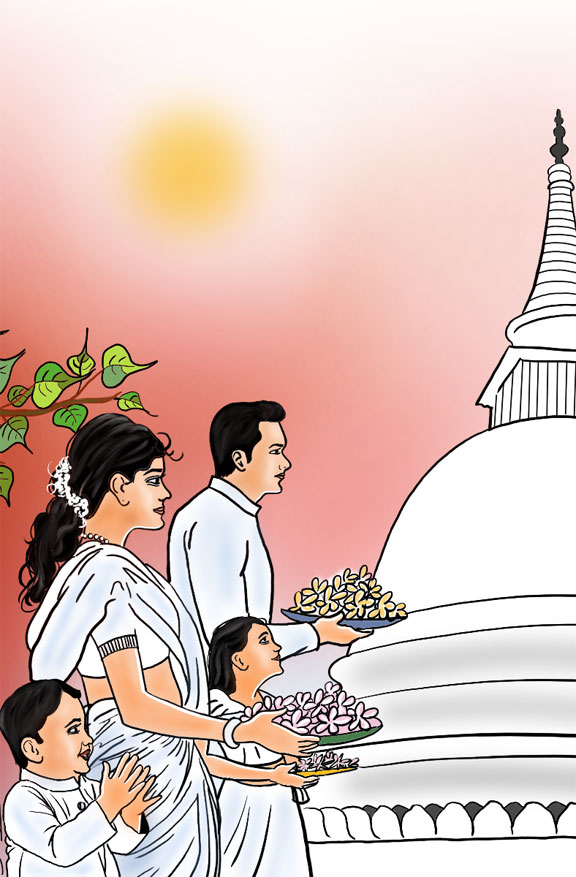
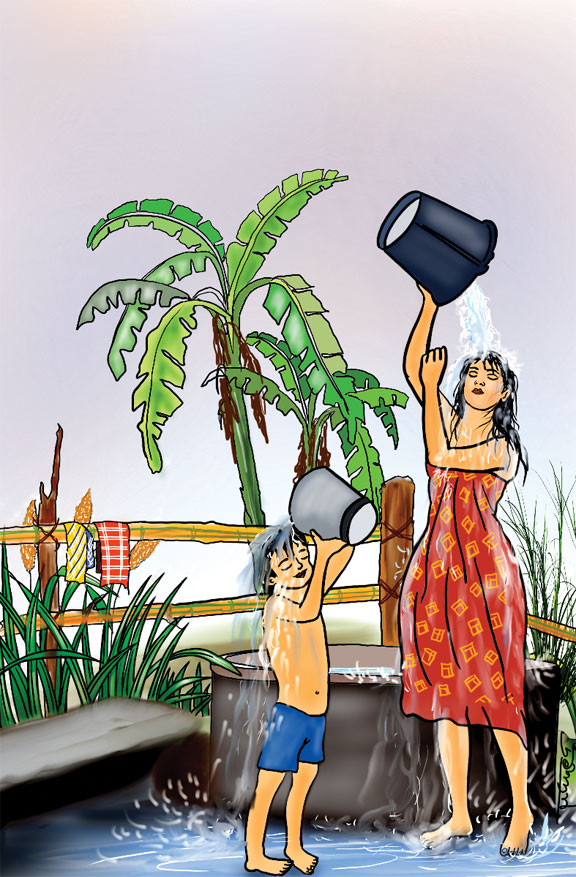
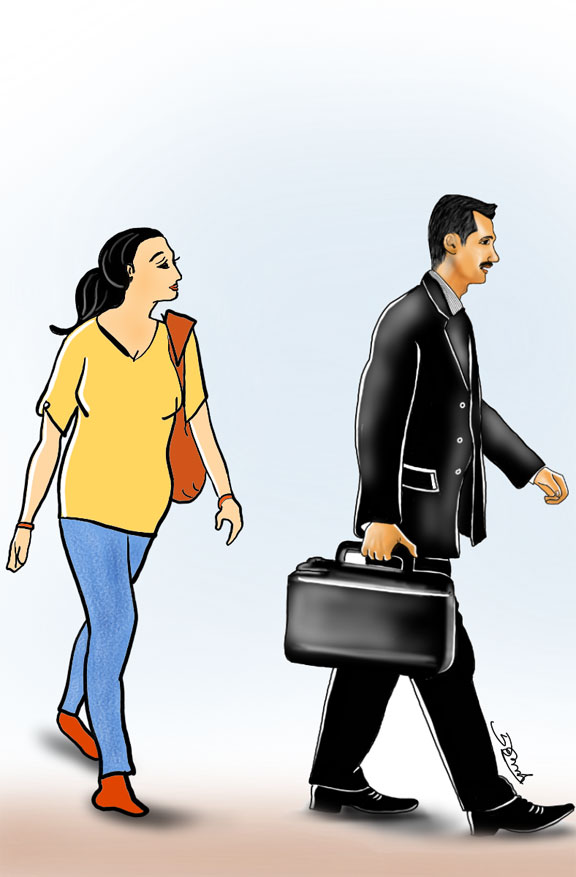
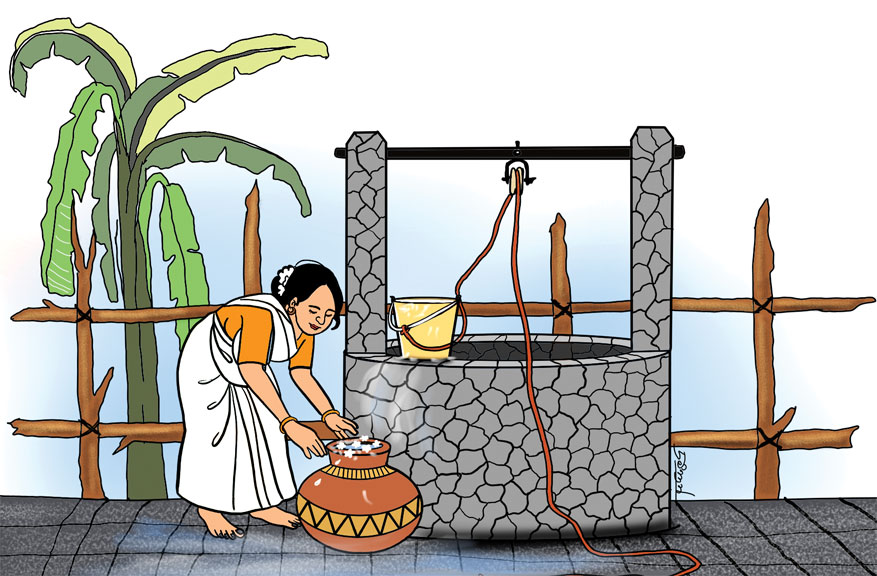
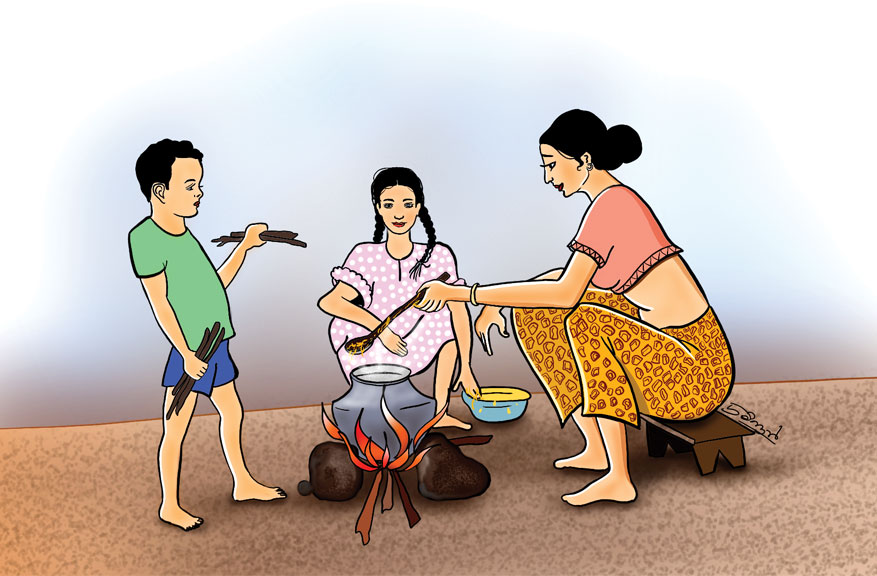
Leave a reply
Reply To:
Name - Reply Comment
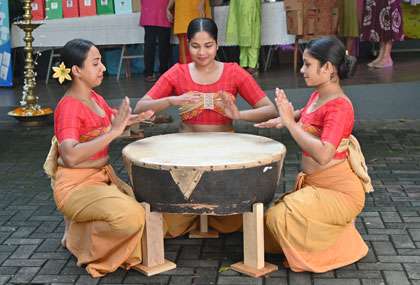
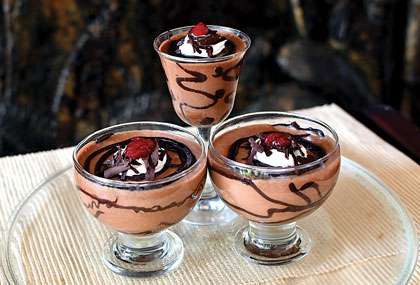
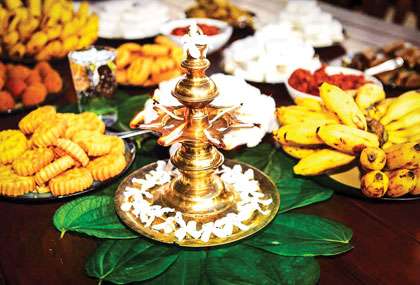

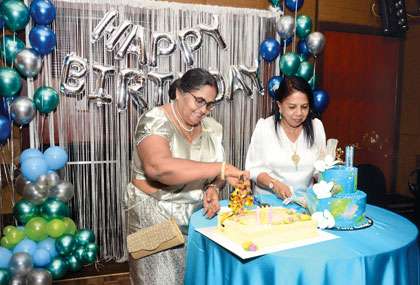

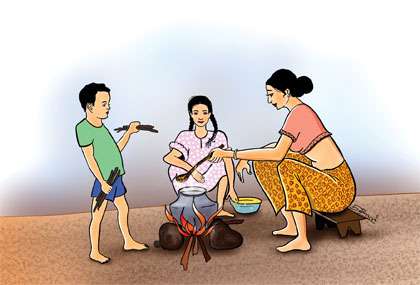
Comments